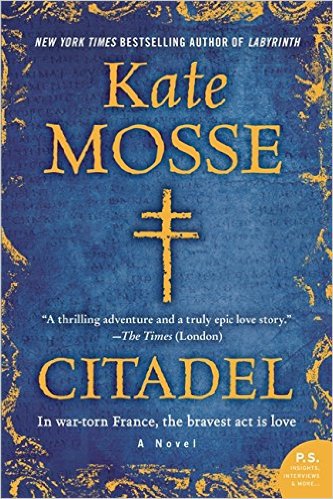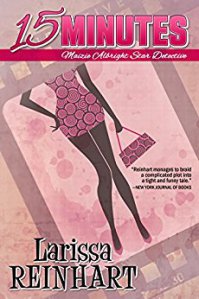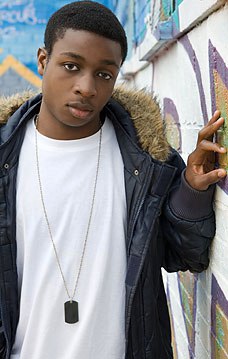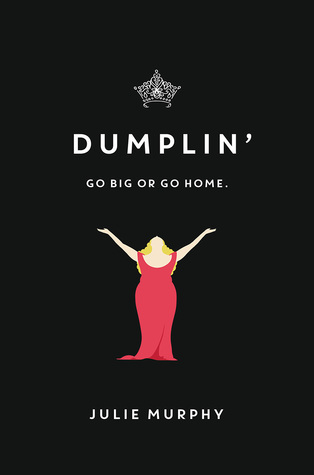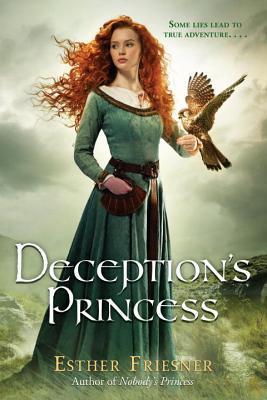 Deception’s Princess by Esther Friesner
Deception’s Princess by Esther Friesner
Pack your suitcases, friends, because today we’re jetting off in a time machine back to Iron Age Ireland! Deception’s Princess is inspired by old Celtic stories of the legendary Maeve of Connacht who from my research after reading seems a lot more evil than our Maeve. The book follows the feisty favourite young daughter of the High King of Connacht as she navigates the treacherous field of over-eager suitors to carve a path for herself in her hostile expectation-laden world.
Sound familiar yet? Because I’m channeling a certain other fiery red-head here, though her name isn’t Maeve. It’s Merida.
Actually, Maeve is very similar to Merida from Disney’s Brave. They’re both feisty, fiery, determined, and head-strong. But Maeve is at times be frustratingly naïve and not in an oh-how-charming way, but as in oh-dear-Celtic-gods-please-not-again. She’s got a lot of growing up to do, that’s for sure, and a lot of the time it’s difficult to take her character in stride when she seems like a childish, watered-down version of the person she wants to be/says she is. But! She technically is only 15-16 AND living in a time and circumstance that is inherently pitted against the girl Maeve is trying to become so while she’s not exactly the perfect candidate, it’s endearing to watch how hard she tries. She’s not that girl–yet. She will be.
Also Maeve doesn’t go turning her mother and brothers into bears when she gets pissed off, so I think that’s a point in her favour.
An issue I did find with Deception’s Princess is that there is a great deal of repetition of mostly unimportant things that do little more than stall the actual story. For instance, Maeve’s the High King’s favourite and comes with a pretty damn sizable dowry so she’s a real hot commodity as far as all the Irish rich people are concerned. I swear, it’s every few pages that she goes off about how she can’t go anywhere without someone hitting on her. Oh, poor Maeve, plagued by suitor after suitor’s attention when all she wants is to be free like the kestrels she’s obsessed with (cue Nelly Furtado voice: “I’m like a biiiiiiiiiird…”). See, I knew this was coming–the description says as much–but I can’t say I was expecting the constant comments and self-pats-on-the-back. We get it, hun; you don’t want to marry any of them. Yes yes, fantastic comeback–I totally still care even though it’s like the seventeenth time. Please, do continue–or not.
The romance in this one’s a little dry, and I found that try as I might I just could not get excited about the two of them. Odran, the druid son Maeve starts to fall for, is sweet but mostly he just bored me. Plus, they only have like one lovey scene before everything goes to shit and I had to reread a good three or four times because I didn’t even realize what was happening until it was over!
A note to authors everywhere: if your characters are going to kiss, give it a little build up and make sure the scene is the right time because Deception’s Princess had me all squinty-eyed and confused.
A redeeming point, as with Sphinx’s Princess, is most definitely the ending. For the duration of the story–while interesting enough–it felt very static. The same issues are rehashed over and over and over again: animals this and king that and suitors this and Odran’s dad that. There is very little resolution, so the same issues appear time and time again. Some variety would be nice, please and thank you! Then all at once things go crazy; its all blackmail, kidnapping, murder, and a redheaded girl on a rescue mission. Suddenly, something new is happening. Suddenly, it gets interesting.
Speaking of issues and Sphinx’s Princess, there are a lot of similarities in what I found in Friesner’s Nefertiti tale and her Maeve tale. I think it’s safe to say it’s an author trend. Both books begin in during the MC’s childhood and veeeery gradually work their way to around 14-15, both books are slow and static for the majority, both romances are unclear and characters seem young and thoughts are strangely done and endings picked up a lot of the slack.
I think it’s safe to say that I read Friesner’s books more for the history than for the story. I mean, come on! Ireland? In the Iron Age to early medieval period? Of COURSE I want to read that! Ireland is basically never touched by YA novels and especially, especially not Irish history–if someone’s writing about the Celts, they usually pick Scotland. I don’t know as much about early Irish history as I did about Egyptian history (because apparently not only does no one write about it, no one teaches either. GAH!) so I can’t totally vouch for historical accuracy but Friesner does a good job of making her setting look and feel authentic, whether a true picture or not.
Reading back over this I’m realizing it sounds a lot like I disliked Deception’s Princess. I didn’t. I liked it! But I just liked it. It’s good–no more, but no less either. My overall feelings are pretty lukewarm but as a general note, I would recommend reading Deception’s Princess–or any other Esther Friesner novel since the same applies–if you’re interested in the history behind it. The book is very setting-based leaving much in other departments to be desired, but if you go in for the setting you’re a lot less likely to be disappointed. And I still say read it if you’re interested in it in general–if you can take it with a grain of salt, it’s still worth a read!
